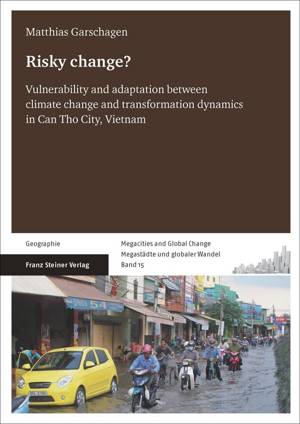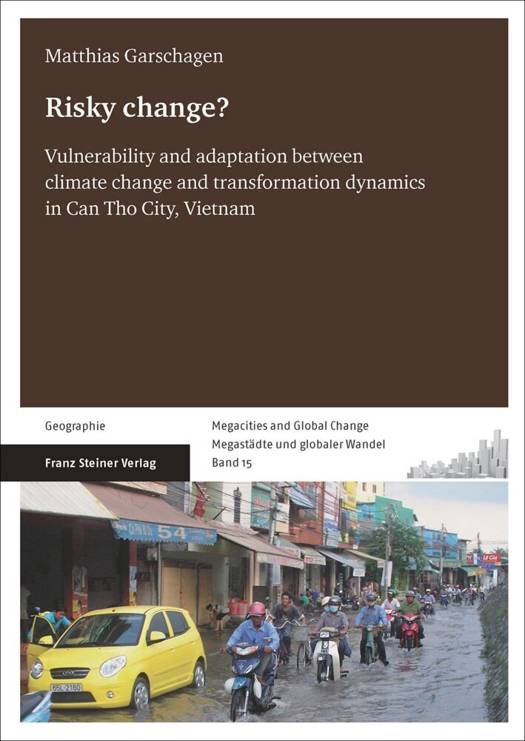
- Afhalen na 1 uur in een winkel met voorraad
- Gratis thuislevering in België vanaf € 30
- Ruim aanbod met 7 miljoen producten
- Afhalen na 1 uur in een winkel met voorraad
- Gratis thuislevering in België vanaf € 30
- Ruim aanbod met 7 miljoen producten
Zoeken
Risky Change?
Vulnerability and Adaptation Between Climate Change and Transformation Dynamics in Can Tho City, Vietnam
Matthias Garschagen
Paperback | Engels | Megacities and Global Change / Megastädte und globaler Wandel | Megastädte und globaler Wandel | nr. 15
€ 148,45
+ 296 punten
Omschrijving
Vietnam's cities are not only rapidly transforming under the country's political and economic change, but are also increasingly exposed to natural hazards and threatened by the projected impacts of climate change. The interaction of both trends leads to substantial shifts in risk and to new challenges for adaptation governance which, however, remain poorly understood empirically, neglected theoretically and underemphasized politically. This book therefore draws on 14 months of empirical research in Can Tho City to trace the dynamics of urban vulnerability and to examine how the responsibilities and capacities for risk reduction are negotiated within the country's transforming political economy. Based on a mixed methods approach, the study offers fresh empirical insights and innovative theoretical explanations targeting some of the most pressing gaps in current risk and adaptation science. These revolve particularly around the vexed causal relations between vulnerability and adaptation, the capture of (future) vulnerability pathways, the role of structural versus agentive factors for explaining adaptation action and the cross-scale synergies but also rifts between state and non-state measures for risk reduction.
Specificaties
Betrokkenen
- Auteur(s):
- Uitgeverij:
Inhoud
- Aantal bladzijden:
- 432
- Taal:
- Engels
- Reeks:
- Reeksnummer:
- nr. 15
Eigenschappen
- Productcode (EAN):
- 9783515108768
- Verschijningsdatum:
- 21/08/2014
- Uitvoering:
- Paperback
- Formaat:
- Trade paperback (VS)
- Afmetingen:
- 170 mm x 239 mm
- Gewicht:
- 748 g

Alleen bij Standaard Boekhandel
+ 296 punten op je klantenkaart van Standaard Boekhandel
Beoordelingen
We publiceren alleen reviews die voldoen aan de voorwaarden voor reviews. Bekijk onze voorwaarden voor reviews.








